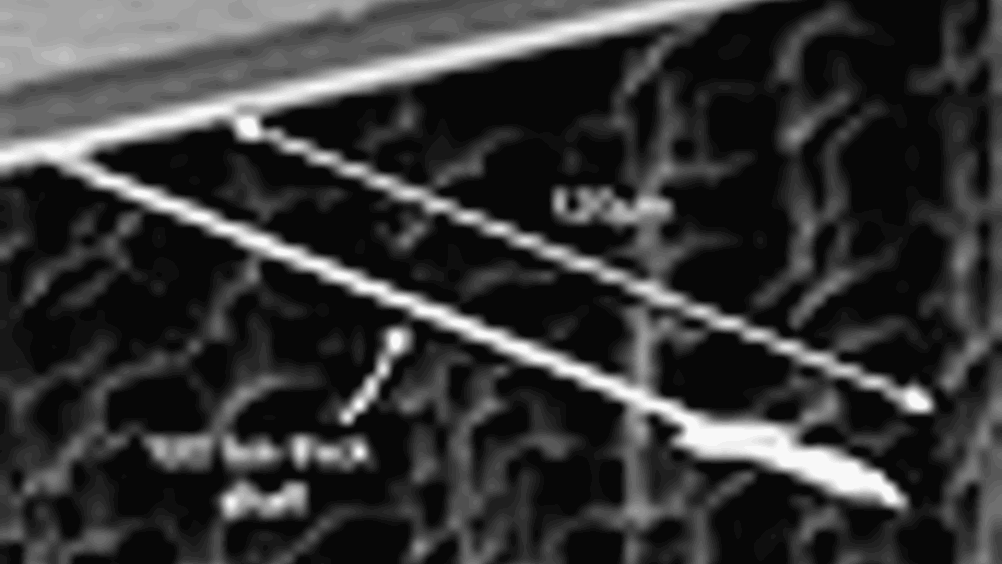IBM gets the molecular view

Researchers at IBM’s Almaden Research Centre have demonstrated the first magnetic resonance imaging (MRI) techniques which can be used to visualise nanoscale objects. The technology represents a major milestone in the quest to build a microscope that could ‘see’ individual atoms in three dimensions.
Using Magnetic Resonance Force Microscopy (MRFM), the researchers demonstrated 2D imaging of objects as small as 90 nanometres. Such imaging could ultimately provide a better understanding of how proteins function, which in turn may lead to more efficient drug discovery and development.
‘Our ultimate goal is to perform 3D imaging of complex structures such as molecules with atomic resolution,’ said Dan Rugar, manager, Nanoscale Studies, IBM Research. ‘This would allow scientists to study the atomic structures of molecules such as proteins which would represent a huge breakthrough in structural molecular biology.’
MRFM offers imaging sensitivity that is 60,000 times better than current magnetic resonance imaging (MRI) technology. MRFM uses what is known as force detection to overcome the sensitivity limitations of conventional MRI to view structures that would otherwise be too small to be detected.
Register now to continue reading
Thanks for visiting The Engineer. You’ve now reached your monthly limit of news stories. Register for free to unlock unlimited access to all of our news coverage, as well as premium content including opinion, in-depth features and special reports.
Benefits of registering
-
In-depth insights and coverage of key emerging trends
-
Unrestricted access to special reports throughout the year
-
Daily technology news delivered straight to your inbox










Breaking the 15MW Barrier with Next-Gen Wind Turbines
Hi Martin, I don´t have any detailed parameters for the 15MW design other than my reading of the comment in the report ´aerodynamic loads at blade-tip...